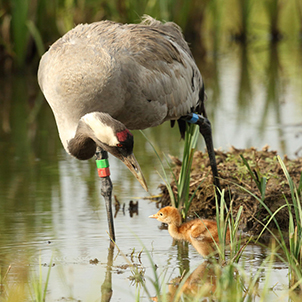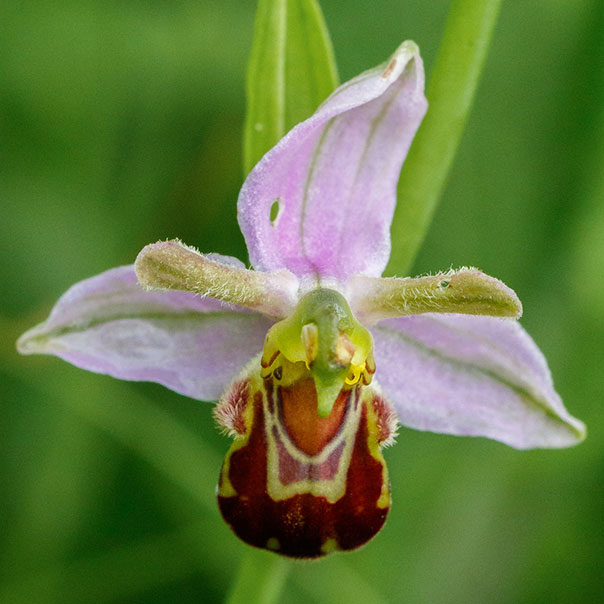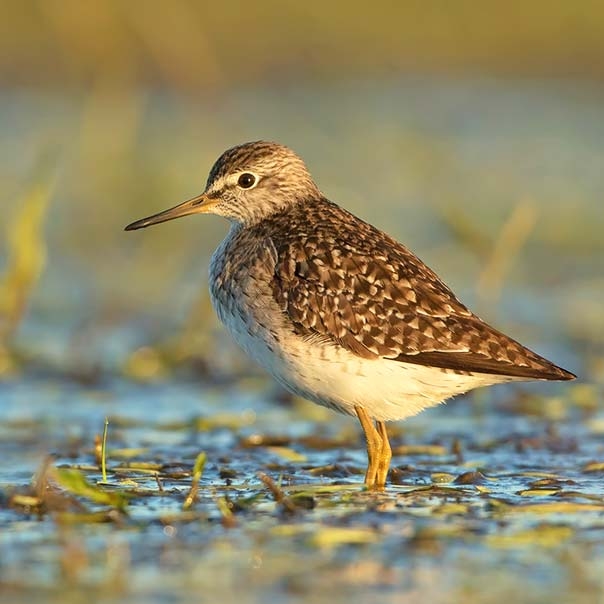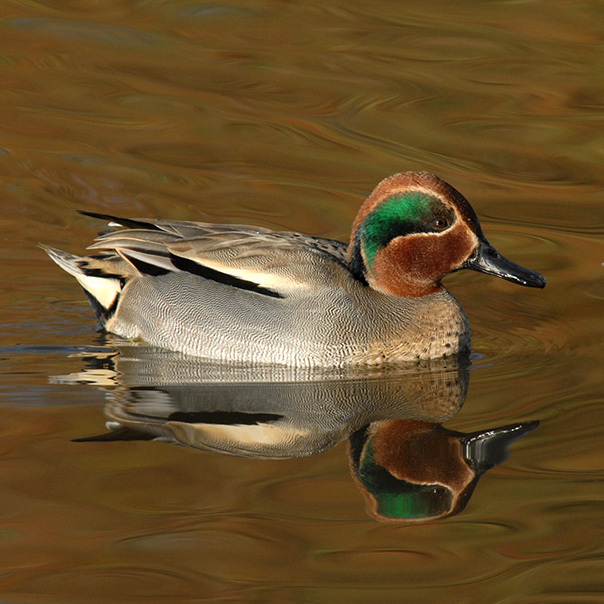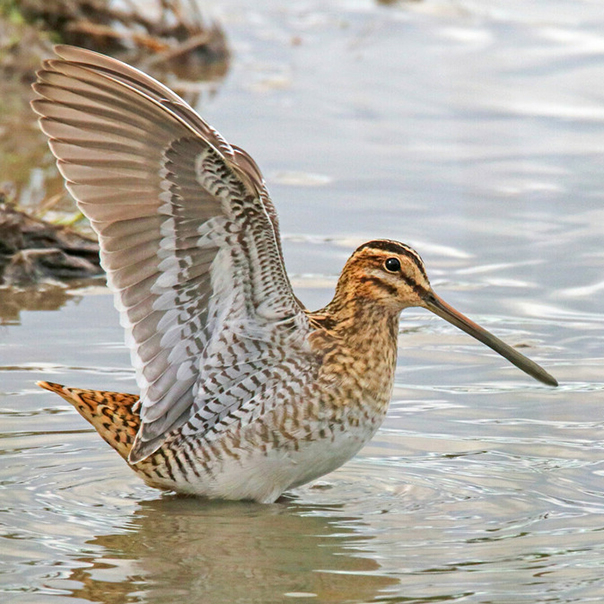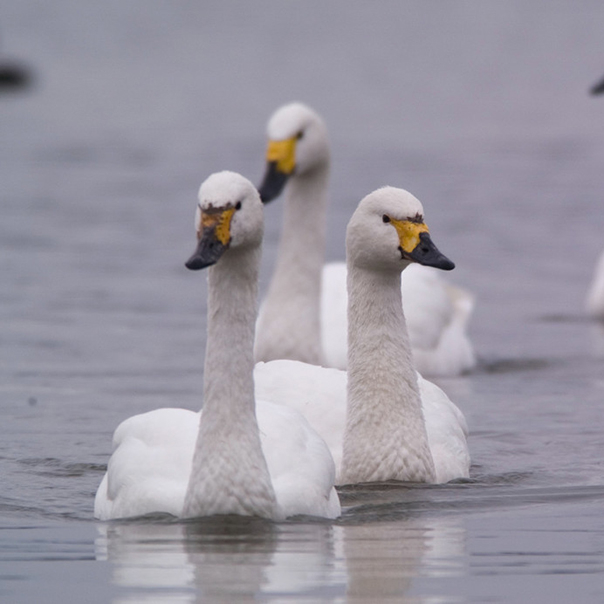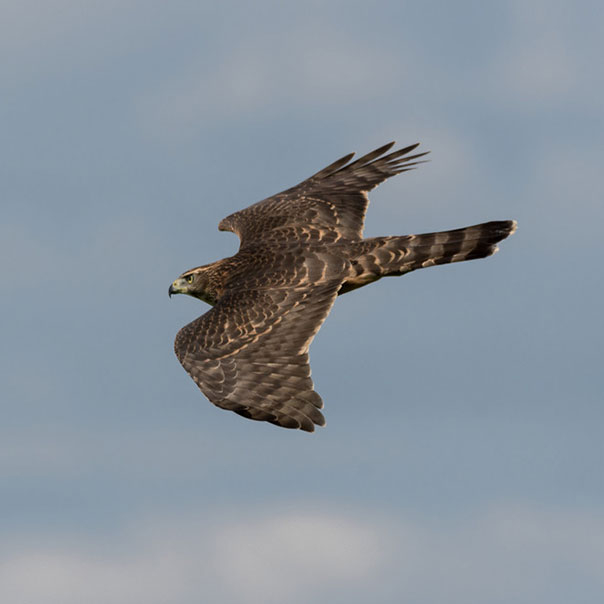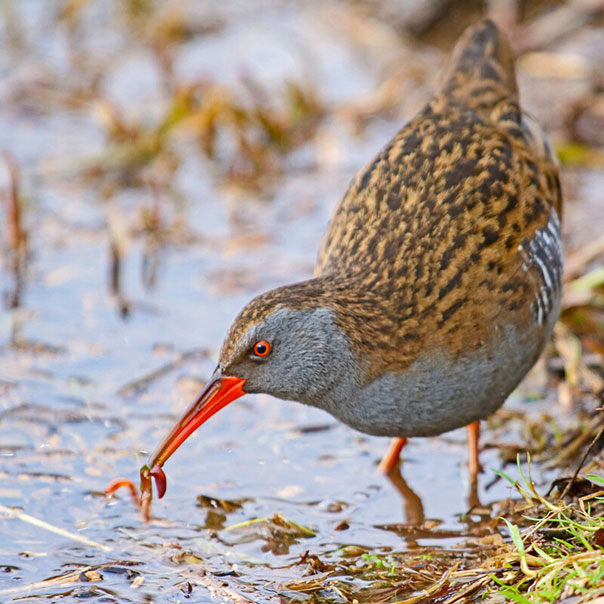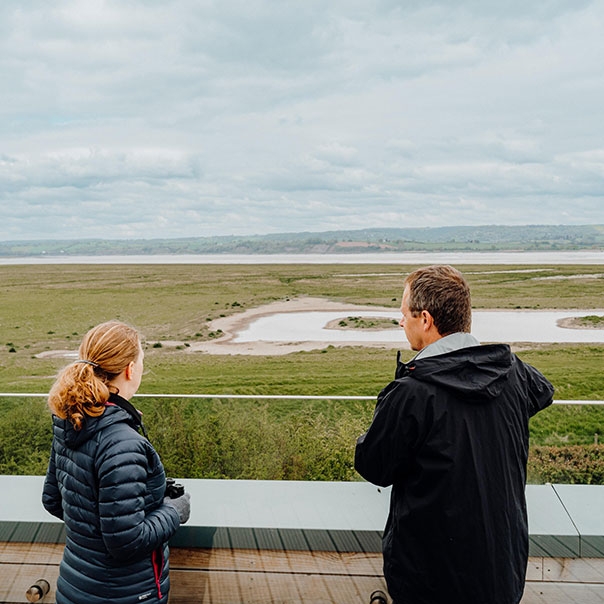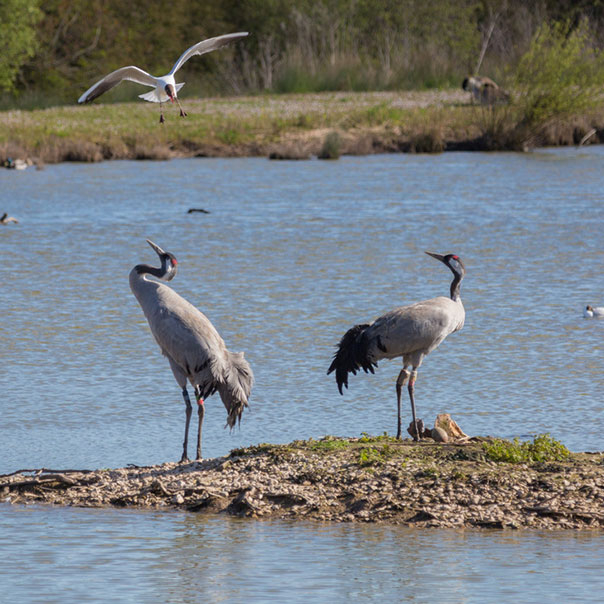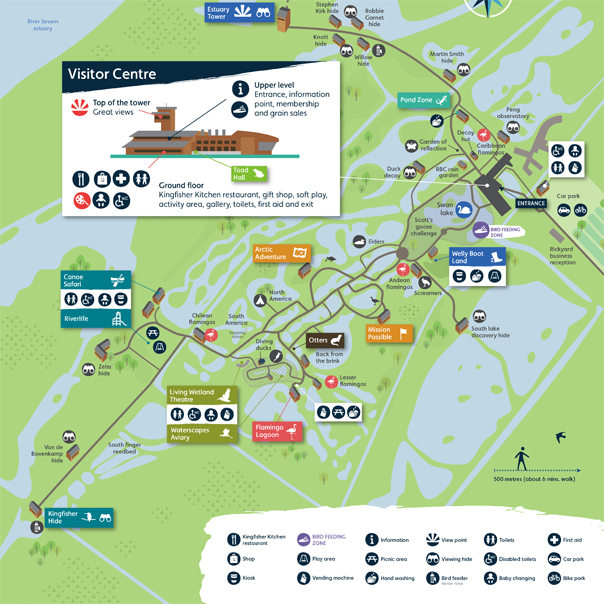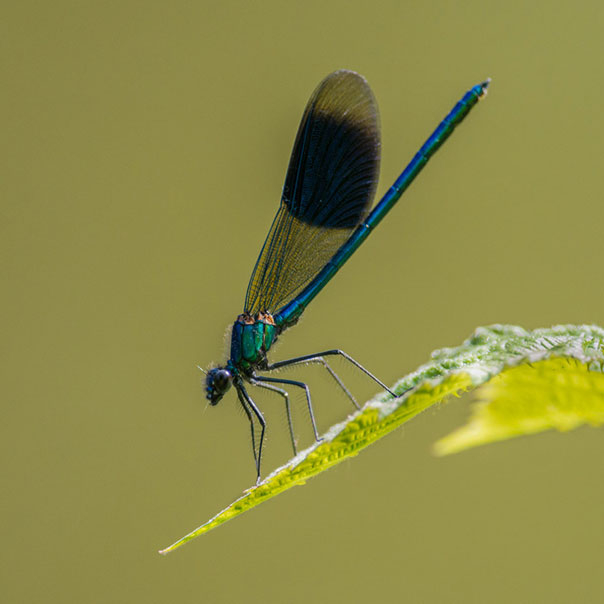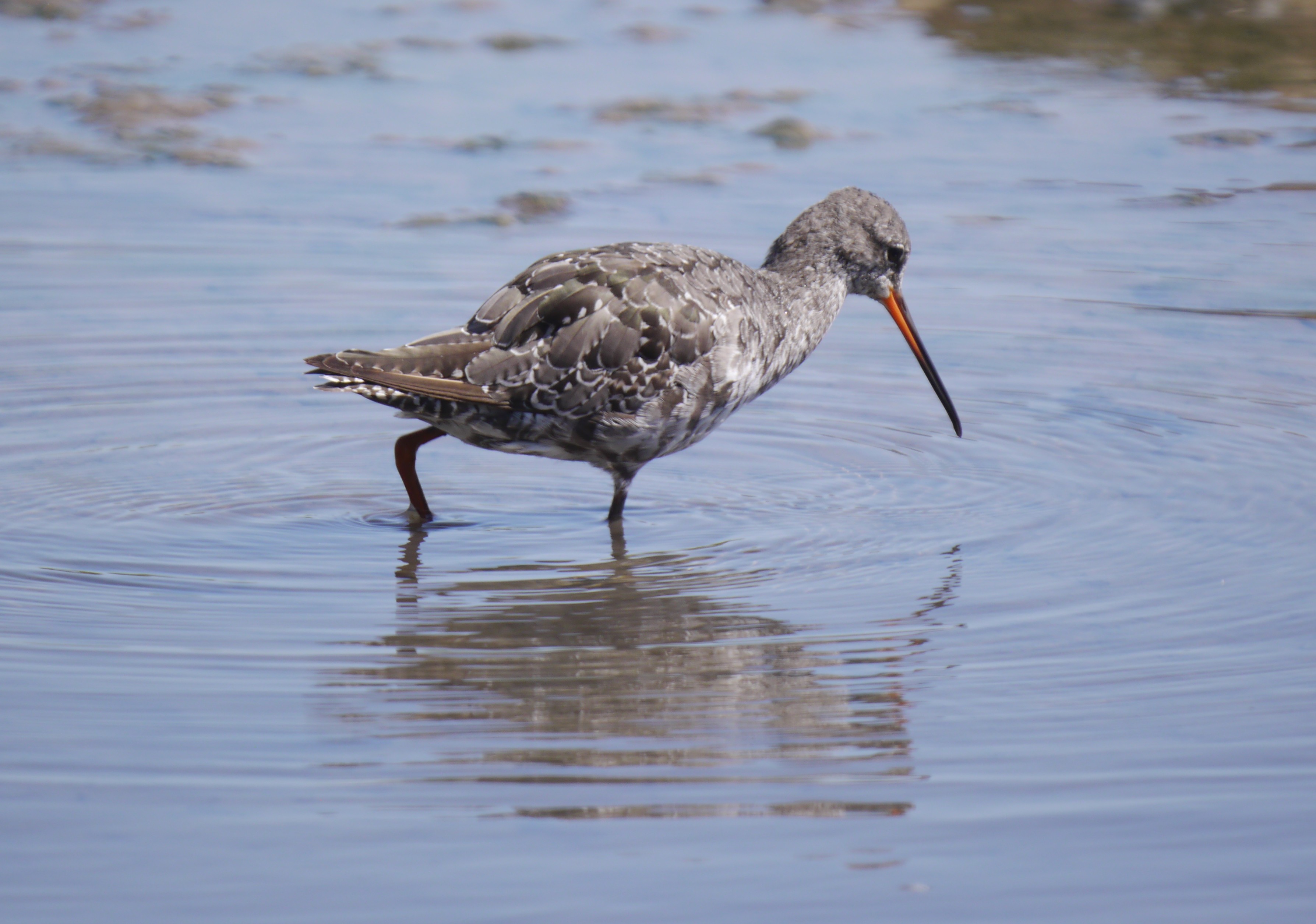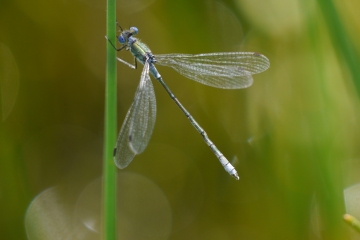Wildlife

Each season brings its star species and spectacles to Slimbridge Wetland Centre
Plan ahead with our site map and latest sightings.
Expect to see new arrivals including swallows, house martins and summer warblers. Listen out to the songs of chiffchaff, reed, sedge warblers and the distinctive call of the cuckoo.
Star species: common cranes, kingfishers, avocets, oystercatchers
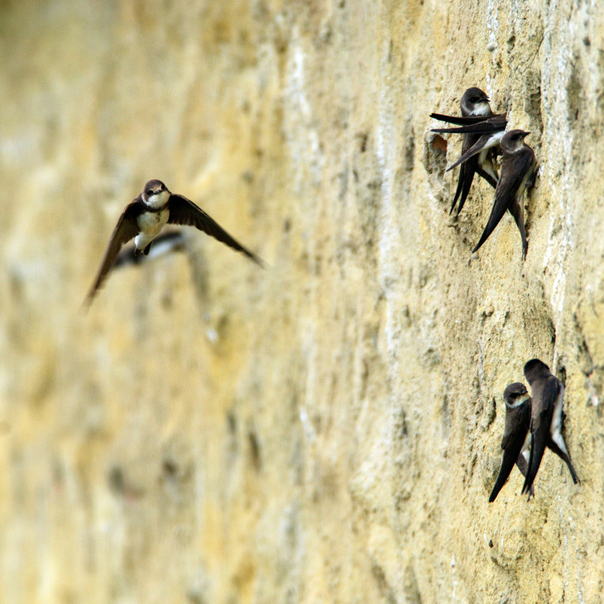
Sand martins and swallows arrive in early spring. Mediterranean gulls have become regular spring migrants and common cranes will display and begin nesting.
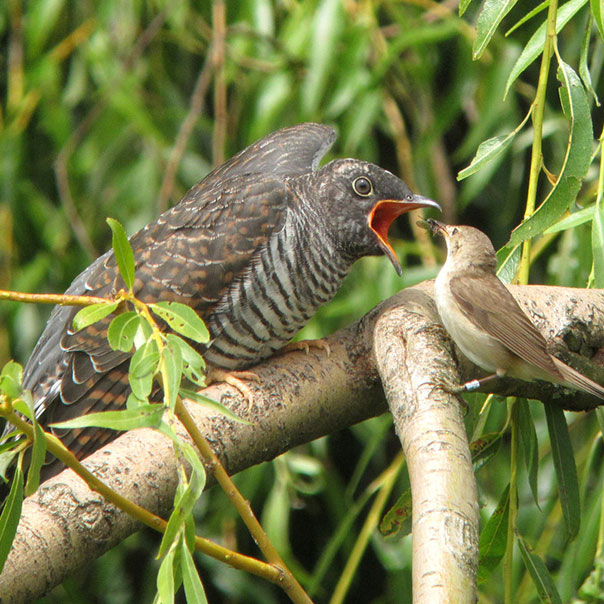
The last of the white-fronted geese will leave the reserve around April and cuckoos will begin to arrive - listen out for their distinctive call.
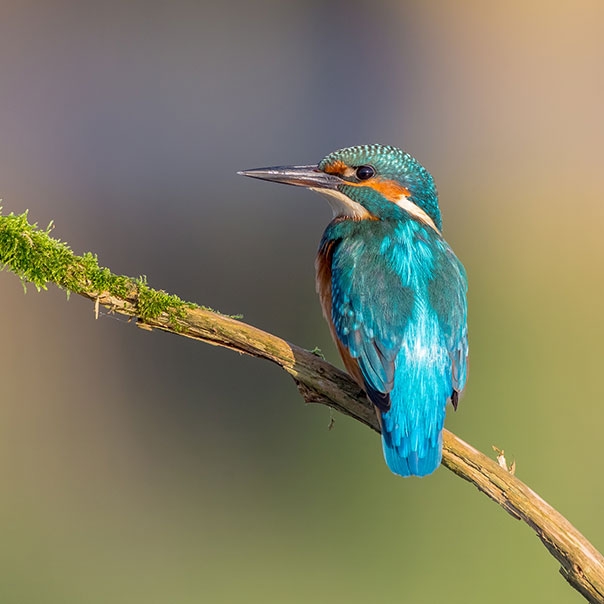
Towards the end of May kingfishers may hatch, depending on their incubating time - look out for them from the Kingfisher Hide. Warblers including blackcap, sedge warbler and reed warbler will begin to breed.
Kingfishers on Wildwatch
Spring is a great time to spend time down at our Kingfisher Hide to see if you can spot any kingfisher activity.
Watch onlineMore ways to view Slimbridge wildlife
Plan your visit
Now you know a bit more about what to expect, find your way here, along with other important information.
Plan your visit